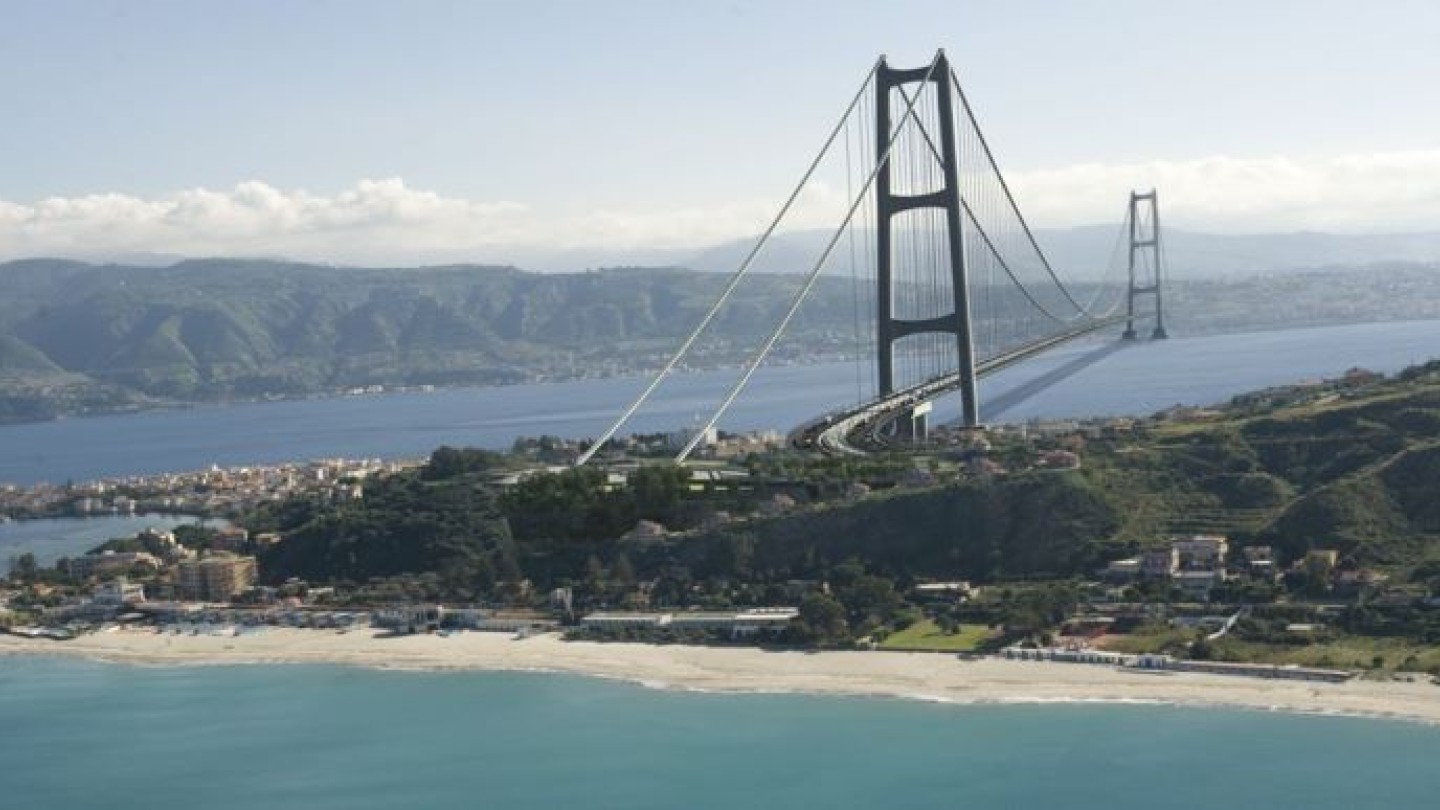
Rosa Cattafi spent years scrimping to buy her dream home — a small house tucked into a quiet neighborhood in Torre Faro, a windswept village on the northeastern tip of Sicily. From her window, she sees the shimmering Messina Strait. For 11 years, that view has been her peace, her reward for a lifetime of hard work.
Now, it might all be taken away.
Not for a crime. Not for public safety.
But for a mega project few locals ever asked for — a €13.5 billion bridge meant to link Sicily to the mainland.
Rosa isn’t backing down.
“I made a lot of sacrifices to buy this house,” the 66-year-old said. “I don’t have a plan B. I’m not interested in money. If they destroy my house, they can destroy me too.”
The bridge has been the stuff of political dreams — and nightmares — for over a century. Proposed, scrapped, revived, then buried again. Now, Prime Minister Giorgia Meloni’s government has brought it back from the dead, positioning it not just as infrastructure, but as a strategic asset for NATO.
But locals see it differently.
They see displacement. They see corruption. They see another promise that will leave behind half-built roads, empty scaffolding, and scarred landscapes — just like so many others in southern Italy.
“They want to use force to take our house,” said 74-year-old Cettina Lupoi, whose home of nearly three decades sits in the bridge’s path. “We will never let them.”
The bridge would stretch 3.7 kilometers across one of the most seismically active zones in Europe — the same strait that was the epicenter of a 1908 earthquake that killed tens of thousands.
Who signed off on this? And more importantly… why now?
Even the €10.5 billion contract awarded to WeBuild (formerly Impregilo) raises eyebrows. The original tender was issued back in 2006. It was canceled. Then, quietly, Meloni’s government “reactivated” the old deal — no new tender, no competition.
Is that even legal? Lawyer Antonio Saitta, who represents some of the homeowners facing expropriation, says no — and he’s ready to challenge it in court.
Look at a map. You’ll see hundreds of red dots — each marking a home, a garden, a family’s history, soon to be wiped off the map to make room for the bridge’s 400-meter pylons and 40km of connected roads and rail lines.
You’ll also see protest signs.
Thousands turned out recently in Messina. Some held photos of their homes. Others brought their children. It wasn’t just about the concrete and steel. It was about identity, community, and a creeping fear that decisions were being made far away, without their consent.
Luigi Sturniolo, a local librarian who helps organize the protests, put it bluntly:
“These great works aren’t built for people. They’re built to funnel public money into private hands.”
Beyond homes and neighborhoods, the bridge also threatens something global: the Messina Strait is a vital migratory route for birds — hundreds of species, flying between continents.
Ornithologist Anna Giordano, who advises the WWF, called it what it is: ecological vandalism.
“This place, the unique biodiversity here, belongs to the world.”
Environmental groups have already appealed to the European Commission, warning that the project violates EU conservation laws. If approved, it could set a precedent for future destruction under the guise of progress.
In Villa San Giovanni, the small mainland town where the bridge would land, the mayor isn’t celebrating. She’s terrified.
“The whole city will be a construction site,” said Giusy Caminiti. “We’ll be totally paralysed.”
She also doubts whether the project is even viable. Ferry crossings have halved in the last 20 years. Earthquake risks remain. And if the work begins and stalls — as many fear — they’ll be left with another unfinished promise and nowhere to go.
This bridge has been called “the greatest ever built,” even by the US ambassador. But that praise rings hollow in the ears of those facing bulldozers.
Because behind every headline, there’s a Rosa.
A Cettina.
A Luigi.
A Daniele.
People who’ve built lives, not just houses.
They’re not protesting because they’re anti-progress. They’re protesting because progress — when done without the people — becomes something else entirely.




